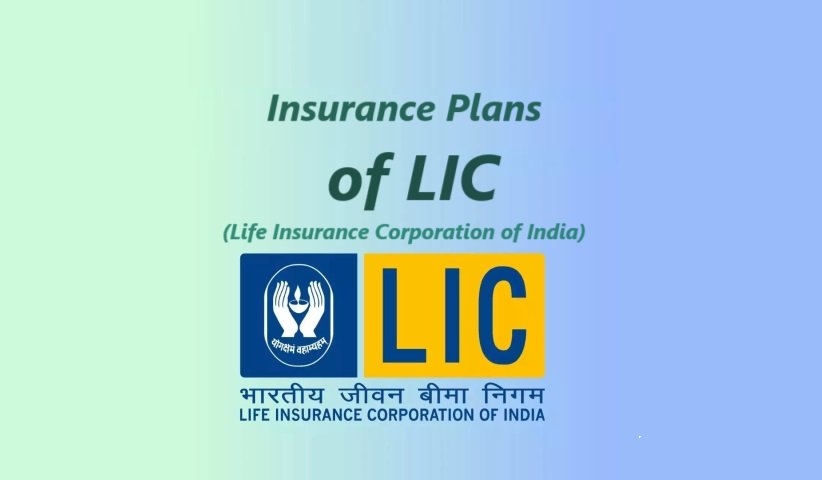Understanding the Role of Deductibles in Insurance Policies
When it comes to insurance policies, one term that often comes up is “deductible.” Understanding what a deductible is and how it impacts your insurance premiums and claims is crucial for any policyholder. In this article, we will break down the concept of deductibles and explain their role in insurance policies, specifically tailored for the Indian audience. Let us first understand the deductible.
Disclaimer: This blog is solely for educational purposes.
What is a Deductible?
A deductible is the amount of money that an insured individual must pay out of pocket before their insurance company starts to cover the remaining expenses. It is a fixed amount specified in the insurance policy and varies depending on the type of insurance coverage and the insurer.
For example, let’s say you have a health insurance policy with a deductible of ₹5,000. If you incur medical expenses worth ₹10,000, you would need to pay the first ₹5,000, and the insurance company would cover the remaining ₹5,000.
How Deductibles Affect Insurance Premiums
The deductible amount you choose can have a significant impact on your insurance premiums. Generally, policies with higher deductibles have lower premiums, while policies with lower deductibles have higher premiums.
Insurance companies use deductibles as a way to share the risk with policyholders. By opting for a higher deductible, you are essentially taking on a greater portion of the risk, which allows the insurance company to offer you a lower premium.
For instance, if you have a car insurance policy with a deductible of ₹10,000, your premium may be lower compared to a policy with a deductible of ₹5,000. This is because, with a higher deductible, you are assuming a larger portion of the financial responsibility in the event of a claim.
How Deductibles Impact Claims
When you file an insurance claim, the deductible amount is subtracted from the total amount of the claim before the insurance company pays out. This means that you are responsible for paying the deductible upfront, and the insurance company covers the remaining eligible expenses.
Continuing with the car insurance example, let’s say you have an accident resulting in damages worth ₹50,000, and you have a deductible of ₹10,000. In this case, you would need to pay the ₹10,000 deductible, and the insurance company would cover the remaining ₹40,000.
It’s important to note that deductibles typically apply on a per-claim basis. This means that if you have multiple claims within a policy period, you would need to pay the deductible for each claim separately.
Factors to Consider When Choosing a Deductible
Choosing the right deductible is a crucial step in optimizing your insurance coverage. It can significantly impact your monthly premiums and out-of-pocket expenses in case of a claim. Here are some key factors to consider when making this decision:
1. Budget: This is the top priority for many. Higher deductibles lead to lower premiums, making them attractive for budget-conscious individuals. However, remember that you’ll need to be prepared to cover the higher amount out of your own pocket if you need to file a claim.
2. Risk Tolerance: How comfortable are you with the possibility of paying a larger sum upfront in case of a claim? If uncertainty makes you anxious, a lower deductible might provide peace of mind, even if it means higher premiums.
3. Claims History: Analyze your past claims history for the specific insurance type you’re considering. If you rarely file claims, a higher deductible could be a cost-effective option. Conversely, if you’re prone to making claims, a lower deductible might be worth the higher cost.
4. Type of Insurance: Deductible options and their impact can vary based on the type of insurance. For example, in car insurance, higher deductibles might be more beneficial for older cars with lower value, while lower deductibles might be preferable for newer or high-value cars.
5. Coverage Level: Consider the level of coverage your policy offers. If you have comprehensive coverage, which covers unexpected or accidental damage, a higher deductible might be suitable. However, if you opt for basic coverage, a lower deductible might be advisable for essential claims.
6. Family Needs: If you have a family, consider your collective risk profile. Are there teenagers in the house who might be statistically more likely to file claims? This could influence your decision between a higher or lower deductible.
7. Financial Security: Evaluate your current financial situation. Do you have sufficient savings to cover a larger deductible if needed? If not, a lower deductible might be prudent to avoid financial strain in case of a claim.
8. Future Changes: Life circumstances can change. Consider whether your risk profile or financial situation might shift in the near future. This could impact your optimal deductible level and necessitate revisiting your policy.
Remember, there’s no magic formula for choosing the perfect deductible. Carefully weigh the factors listed above, considering your individual needs and preferences. Don’t hesitate to consult with an insurance agent for personalized advice and quotes based on your specific situation.
By making informed decisions, you can choose a deductible that strikes the right balance between financial protection and affordability, ensuring your insurance truly acts as a reliable safety net when needed.
In Conclusion
Deductibles play a crucial role in insurance policies, determining both the cost of premiums and the amount you are responsible for in the event of a claim. By understanding how deductibles work and considering your own financial situation, you can make informed decisions when choosing the right deductible for your insurance needs.
Remember, it’s always a good idea to consult with your insurance provider or a trusted financial advisor to ensure you have a clear understanding of the deductibles and their implications before making any decisions.
Disclaimer: This blog is solely for educational purposes.





Pingback: Difference Between Secured vs Unsecured Credit Cards - Atul Gyan